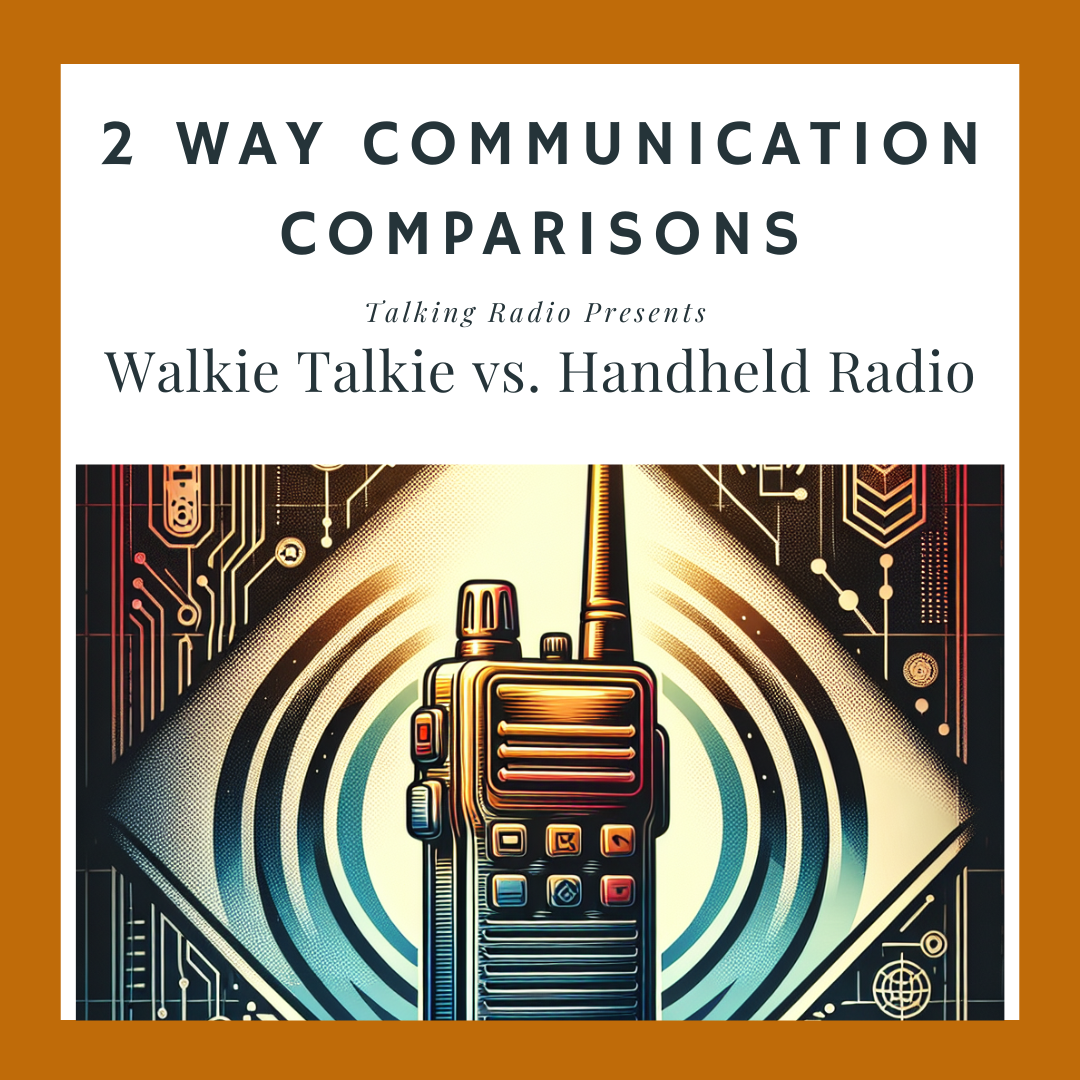
Two Way Communication Comparison
Dylan KemloWelcome to the modern world of Radio Communication, where the choice between a Walkie Talkie and a Handheld Radio can significantly influence your communication strategy. These tools are indispensable for Aviation Communication, Marine Communication, and beyond. But what sets them apart? Let’s dive into the details and discover which device suits your needs best.
What is a Walkie Talkie?
A Walkie Talkie is a portable, handheld, two-way radio transceiver. Originally popularized during World War II, these devices have evolved but remain a staple in short-range communication. Walkie Talkies are often used in recreational activities and by businesses requiring instantaneous, clear communication over a few kilometers.
Why Choose a Walkie Talkie?
-
Ease of Use: Walkie Talkies are user-friendly, making them suitable for all ages.
-
Affordability: They are generally more economical compared to other radio communication devices.
-
Durability: Built to withstand rough handling and environments.
Introducing the Handheld Radio
A Handheld Radio, on the other hand, often refers to devices used for more professional or critical communication needs. They are prevalent in the Aviation and Marine industries due to their advanced features and reliability over longer distances.
Benefits of Handheld Radios
-
Extended Range: Suitable for long-distance communication, which is crucial in Aviation Communication.
-
Advanced Features: These radios come with enhanced functionalities such as GPS, emergency alerts, and encryption.
-
Robust Build: Designed to endure harsh conditions, especially in off-shore and professional settings.
Differences that Matter
Frequency Range and Power
-
Walkie Talkies typically operate on a UHF band with lower power, ideal for short-range communication.
-
Handheld Radios often support both UHF and VHF bands, offering greater flexibility and power, making them ideal for professional settings.
Usage Context
-
Walkie Talkies are perfect for casual use—think family camping trips or small event coordination.
-
Handheld Radios are engineered for critical communication needs, such as air traffic control or marine navigation.
Pricing Spectrum
-
Walkie Talkies are cost-effective, making them accessible to the general public.
-
Handheld Radios are an investment, reflecting their advanced capabilities and professional applications.
Testimonials & Endorsements
Dylan Kemlo, a highly respected coach and mentor in the field of radio telephony, states, “For critical operations, the reliability of a handheld radio is unmatched. It’s like having a trusted advisor in your pocket.”
Dr. Rene Oosthuizen, Academic Head at Stenden University, adds, “In our Aviation Telephony Base Operator training, Handheld Radios are indispensable. They provide the clarity and reliability our students need.”
Making the Right Choice
Choosing between a Walkie Talkie and a Handheld Radio boils down to your specific needs. For outdoor enthusiasts or small businesses, a Walkie Talkie might suffice. However, for professionals in aviation or maritime industries, investing in a Handheld Radio is crucial.
Conclusion
As you embark on your communication journey, remember that the right tool can transform your experience from ordinary to extraordinary. Whether you opt for a Walkie Talkie for its simplicity or a Handheld Radio for its sophistication, each device plays a pivotal role in enhancing your communication capabilities.
For more insights and expert advice, explore our range of e-books and audio study aids at Talking Radio. Get equipped, get informed, and get connected.
